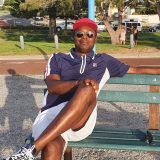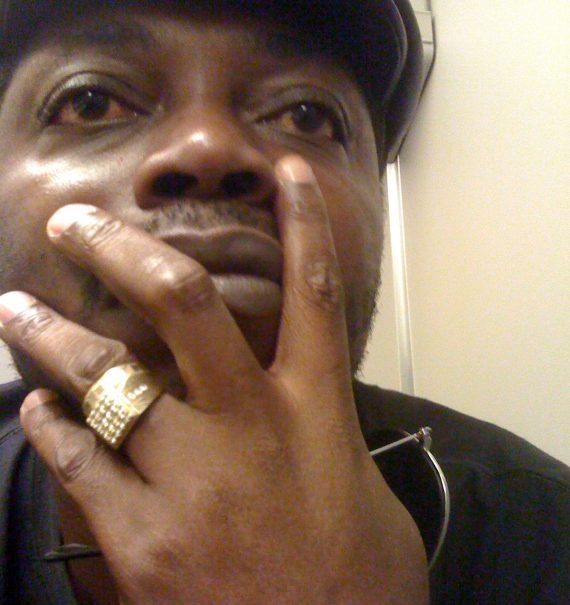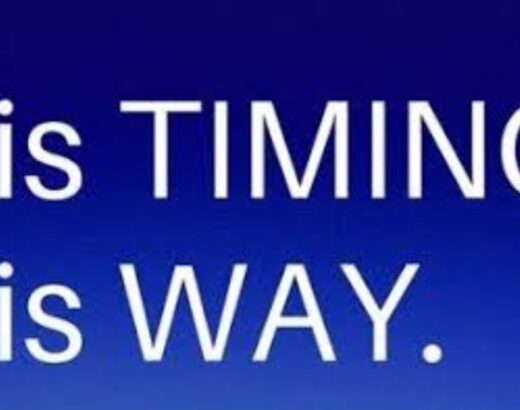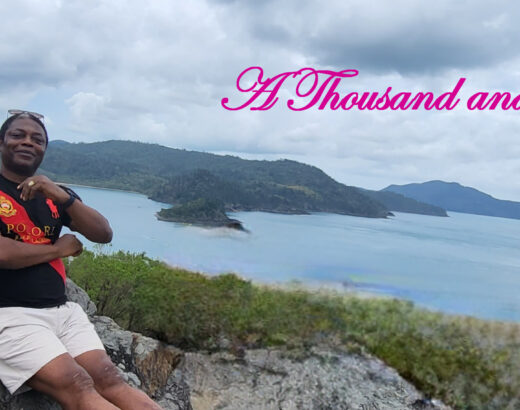Sculpture by the Sea, Cottlesloe
Today, I spent some time at the Rio Tinto’s “Sculpture by the sea” event hosted by the City of Cottlesloe. It is the 13th annual exhibition of the series and runs from 3rd to 20th March 2017.
I came away from the event with more questions than I have answers for. For instance what really is Art? And how do we define a sculpture? The works being exhibited on the beach range from those that are simply stunning and awe inspiring to those that make you feel like puking and asking is this really art? As one walks along the Cottlesloe beach, you get to see these different works carefully placed on the pathways, on the greens with some hung to dangle from the trees dotting the beach side.
Prior years’ experience of many an art lover, with the event, must have resonated well with this year. Despite it being a Friday, the crowd turnout was impressive. It was a mixture of the old, the not so old and the young. Equally impressive was the presence of a few high schools who have come to use the exhibition to generate some excitements and learning opportunity for their students. The weather was at one of its very best, this autumn day in Perth. It was warm but not humid and the sea breeze was refreshing. All these must have been a great lure to the many that came to this year’s exhibition.
The Sculptures themselves are different – made out of woods, clay, iron, glass and recyclable materials. In these, the artists convey a variety of messages to the observers. Some messages are subtle as with Cansumerism by Hayley Bahr / Tim Keevil. In this large piece of crushed soda can, the artists evokes a sympathy for mother earth by the tons of cans and associated waste that we dump on her. Some messages are apolitical and loud. A case in point is the work by Tim Burns titled “The Dogs of War”. It doesn’t take much to decipher that this is a message from the artist regarding the West Australian elections that are taking place this weekend. It depicts a car upon which a huge power pole has fallen. Now, I am not sure how the messages about the privatization of Western Power resonates with West Australians but the various scribblings on the car, the conspicuous placing of a can with a few Australian Dollar notes neatly tucked in it all shows a disaffection for the Liberal government return to power in this election.
So what is Art?
Well, being not intent on starting an academic treatise here, a simple explanation that resonates with the general public will help. Here we will make do with “the art of the Renaissance” definition that says art is the expression or application of human creative skill and imagination, typically in a visual form such as painting or sculpture, producing works to be appreciated primarily for their beauty or emotional power. With this definition, one can forgive my not finding art in some of the works on display as they neither epitomises beauty nor evoke emotional feelings within me. Of course, beauty is in the eyes of the beholder but then what is beautiful needs not much defence for a consensus to be reached regarding its beauty. Ben David’s BIG BOY, lends credence to this. This work, literally and figuratively, stands apart from the rest.

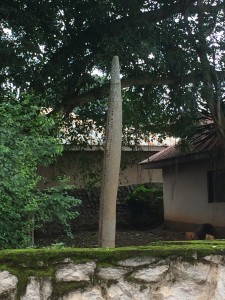 Milan Kuzica has on display a tall green obelisk which she calls the “Green-Life”. To me, this was a replica or a work modelled after the “Opa Oranmiyan”. Yes, I am alleging that her idea for the Green life most probably came from having caught a glimpse of the famous “Opa Oranmiyan” that is currently situated in Ile-Ife, the cradle of Yoruba civilization. Her contribution to art, through the Green-Life will be in the manner that she has increased the height of this sacred obelisk and painted it in green. I think that Milan Kuzica owes the people of Ife a recognition for her sculpture, she definitely got her inspiration from them.
Milan Kuzica has on display a tall green obelisk which she calls the “Green-Life”. To me, this was a replica or a work modelled after the “Opa Oranmiyan”. Yes, I am alleging that her idea for the Green life most probably came from having caught a glimpse of the famous “Opa Oranmiyan” that is currently situated in Ile-Ife, the cradle of Yoruba civilization. Her contribution to art, through the Green-Life will be in the manner that she has increased the height of this sacred obelisk and painted it in green. I think that Milan Kuzica owes the people of Ife a recognition for her sculpture, she definitely got her inspiration from them.
Another work that is featured, prominently by the entrance to the beach, is the “Ago Adie”. Well that’s the Yoruba name for the bamboo woven basket used to keep chickens at night. For whatever reasons Maggie Johns has, she chose to call her work Woven Whispers.
 It’s simply an “Ago Adie” that has been pumped up on steroid. Again, it was another missed opportunity to assign copyrights to the Yoruba culture, especially the mothers that have an age long tradition of keeping hens and chickens in their back yards.
It’s simply an “Ago Adie” that has been pumped up on steroid. Again, it was another missed opportunity to assign copyrights to the Yoruba culture, especially the mothers that have an age long tradition of keeping hens and chickens in their back yards.
Even those with the faintest knowledge of Aso-Oke that come across Elin & Keino’s work titled Integration/Interruption will be convinced that this is just a replica of the cloth weaving process that had been perfected in the late 18th century predominantly by the women of Iseyin’s (Oyo-State), Ede (Osun State) and Okene (Kogi) in Nigeria.
This brings us to asking what really is sculpture?
Again, google comes to the rescue and gives a populist definition as the art of making two- or three-dimensional representative or abstract forms, especially by carving stone or wood or by casting metal or plaster. Implicit in this definition is the transformation of a media or material by the act of carving or casting. If we hold this definition as a guide, it simply shows that a couple of the so called works on display do not fit into the definition of a sculptor and as such shouldn’t be in an exhibition titled “Sculpture by the Sea”. “Integration/Interruption”, “Yura Yura”, “Fantasia” and not to forget “Drawing on the ground” readily come to mind. What was the basis for chosing to feature these works?
The lack of representation of African Arts at Sculpture by the Sea.
Earlier in the week, I had been engaged in a thought provoking discussion that centred on why men are accountable for there being less books on our shelves that depict women as equal partners. I was still ruminating on my response to that issue when it dawned on me that there was no single African work presented at the Sculpture by the Sea event. I looked and searched for the faintest glimpse of one but the more I looked the less I saw. I became dejected.
I had been a regular visitor to Nike Art Gallery in Nigeria and the multi-storey edifice host the works of many renowned Nigerian artists. I wonder why none of these were submitted and featured in this event. In its 13th year, we had works from the Japanese, Indians, British, Czechs and some other countries but the homeland that produced the pyramids was not represented! It dawned on me that there may be a paucity of information regarding the event and sponsorship may also be an issue.
A similar exhibition at the Bondi beach in Sydney is currently calling for submission from artists. Applications are open until Tuesday 26 April 2016 for the online application or Friday 22 April 2016 if you are posting your application. If you are an African Sculptor, this is your chance to get your work to international limelight.
A couple of prizes are available to be won. The $50,000 Rio Tinto Sculpture Award is the highlight of the competition. This award was won by an Indian in 2016 and the 2017 winner will soon be announced. Also available for grabs is the EY People’s Choice Prize of $5,000. The opportunities to get your artwork sold at top dollars should be exciting to anyone and if you need sponsorship, I am interested in sponsoring such works.





